How do domesticated wolf dogs with erect ears have floppy ears?
- November 12, 2023
- 0
Essentially, every animal limb is clues to their behavior and character It is very important for us to catch up. Once again, the living conditions of these animals
Essentially, every animal limb is clues to their behavior and character It is very important for us to catch up. Once again, the living conditions of these animals
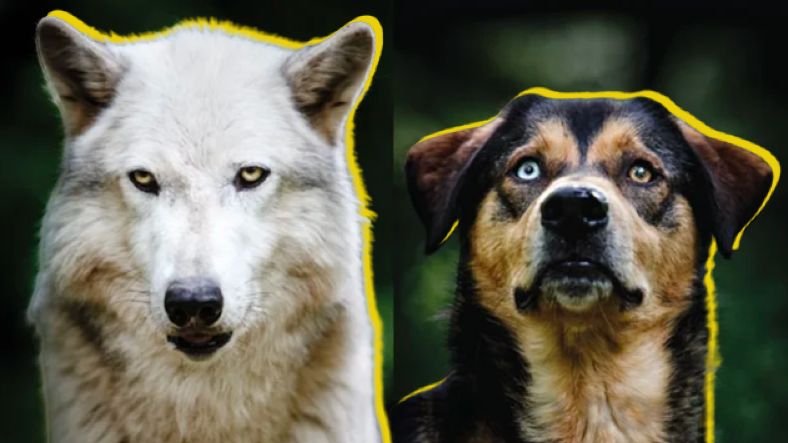
Essentially, every animal limb is clues to their behavior and character It is very important for us to catch up. Once again, the living conditions of these animals are of great importance and influence and shape them from head to toe.
Well, while the wolves’ ears stand up The ears of dogs known to have been domesticated by wolves, Why is it that in some cases it can have a sagging structure?

Evolutionary theorist Charles Darwin; As a result of extensive research, domestication of animals both in their behavior and in their physiology. revealed that this caused some changes.
As most of us know, the purpose of the domestication process is: They become more docile and can live with people more easily.. The main purposes of domestication are; to raise more manageable, stable and harmonious animals.
In addition to domesticated animals, there are also wild animals fight or flight acts impulsively. This condition is usually a result of hormonal secretions from the adrenal glands and sympathetic nervous system.
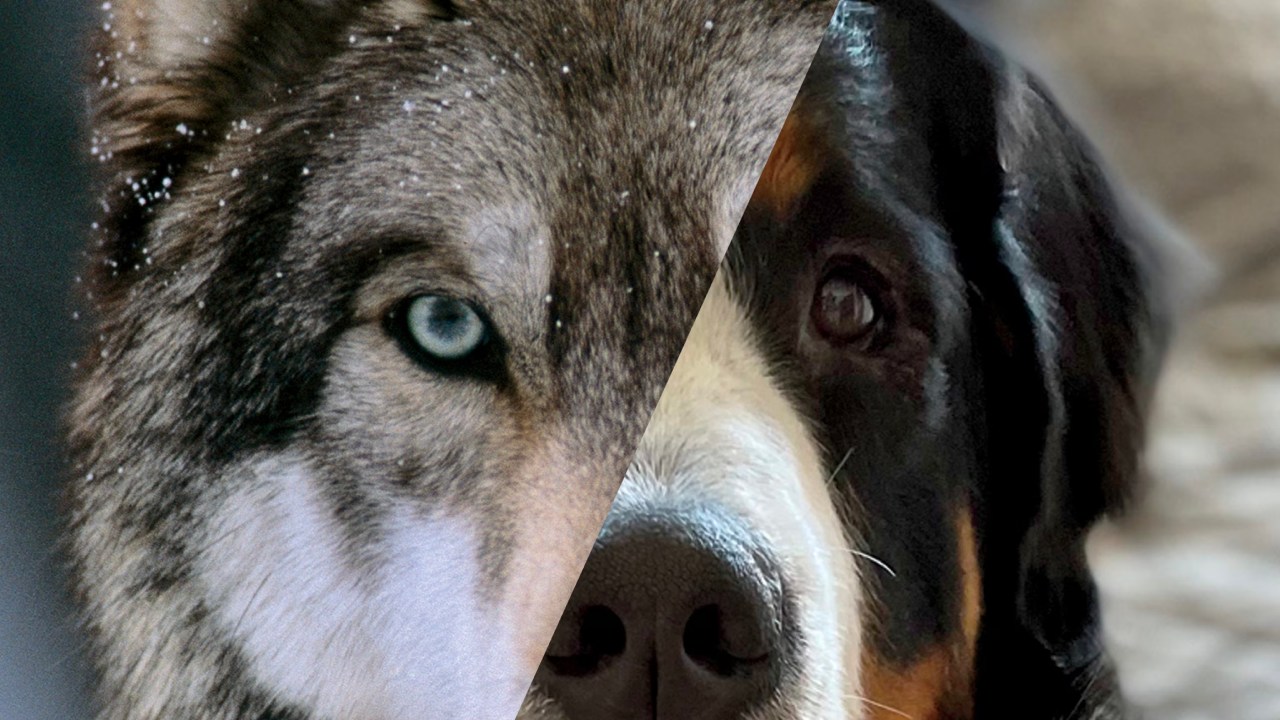
For example, the urge to fight makes animals more aggressive in general; flight response in animals more untrainable and uncontrollable makes it one.
Darwin notes that, in addition to behavioral changes during the domestication process, there are also some changes in the physiology and body shapes of animals. Pets in particular have shorter mouths and that’s why The jaws of dogs are much smaller than those of wolves.
The teeth of domestic animals are also smaller than those of wild animals. It is much smaller and fewer in number. Many pets also have white markings on their fur that are not found in wild species.
In fact, surprisingly, animals are accustomed to homes and people brain size decreases visible. Of course, floppy ears are also an indispensable feature of these animals.
The scientific question that is currently attracting attention is: coat pigmentation, changes in bone, muscle and nerve structure that’s how it came about. For a long time there was no answer to this question, but under the leadership of Adam Wilkins of the Institute of Theoretical Biology, this mystery was solved.
Wild dogs in ancient times, wandering through the settlements of primitive people tend to. Although these people were good hunters, they left the useless parts of the killed animals somewhere on the outskirts of the villages.
This also applies to wild dogs such as wolves. It was a unique food source. However, the animals were afraid and fled from the slightest human intervention, which prevented them from feeding themselves properly.
To put it more clearly: the adrenal gland, from a group of stem cells occurs. Stem cells are an important part of the developing embryo in animals and can differentiate into different cell types depending on where they are located in the body.
These stem cells play a role in the formation of the adrenal glands. neural crest cells It is called. Researchers also found that the domestication process actually caused a decrease in the number and activity level of neural crest cells.
In addition, hormones are secreted by the adrenal glands, both stress-related behavior and aggression it clearly reduces it, and this is a desired consequence of domestication.
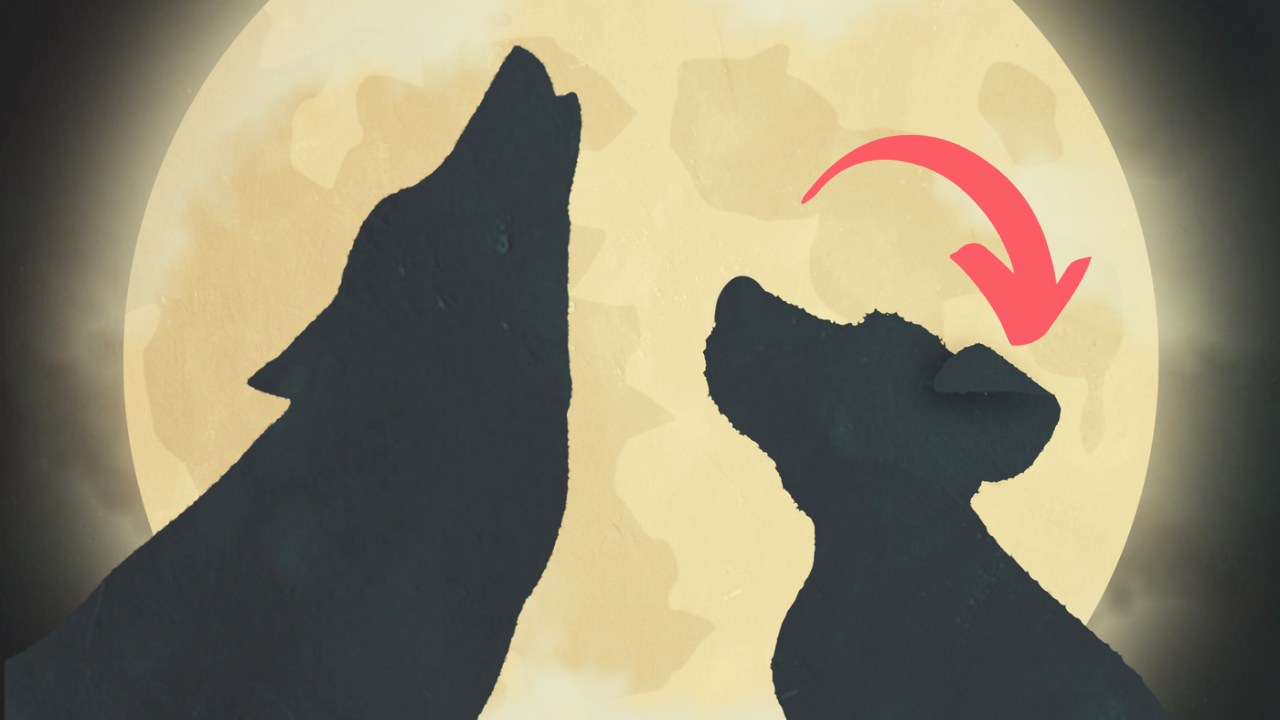
So if domestication chooses animals with weaker neural cells, then those animals jaws are smaller, pigment production is weak it could be. The situation is exactly the same when it comes to ears.
When the relevant cells in the body are insufficient, they cannot reach the ears Deformations occur in the appearance of this sensory organ. The connective tissue in the ears weakens, preventing dogs from keeping their ears upright. Ultimately, it is inevitable to encounter dogs with floppy ears.
Because the hanging pinna closes the entrance to the ear canal and blocks some of the sounds entering the ear. So the dog is largely unable to perceive faint sounds. Fortunately, floppy ears, which occur as a result of domestication, are largely not seen in wild animals.
Although floppy ears are a disadvantage, this is not actually a problem for pets. Because they were domesticated, to catch their prey or participate in a fight they don’t need it.
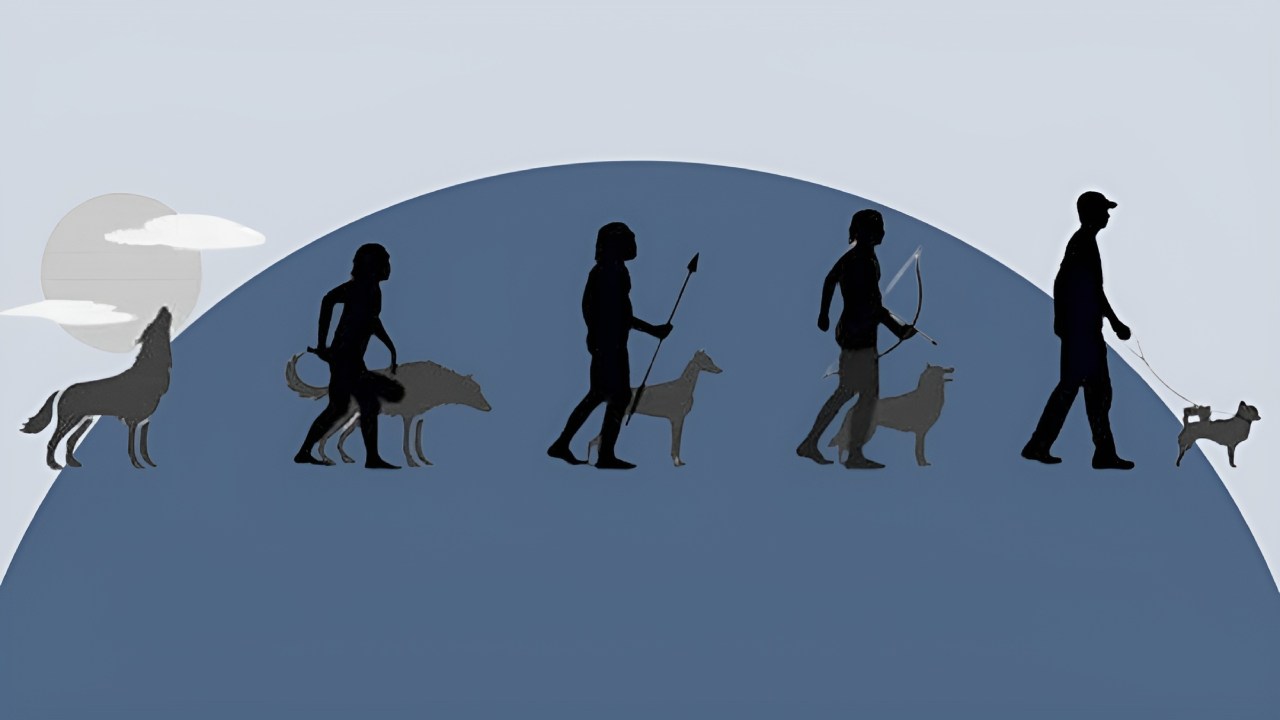
About 25,000 years ago, when our ancestors began to settle, docile wolves began to approach them and so The same living species is divided into two different groups: wolves and dogs.
While wild and aggressive animals continue their normal lives, animals that exhibit docile behavior are kept and fed near people.
Because our ancestors realized that they could domesticate these animals; guarding the camp, herding the flocks and warning of dangers would like to take advantage of this point.
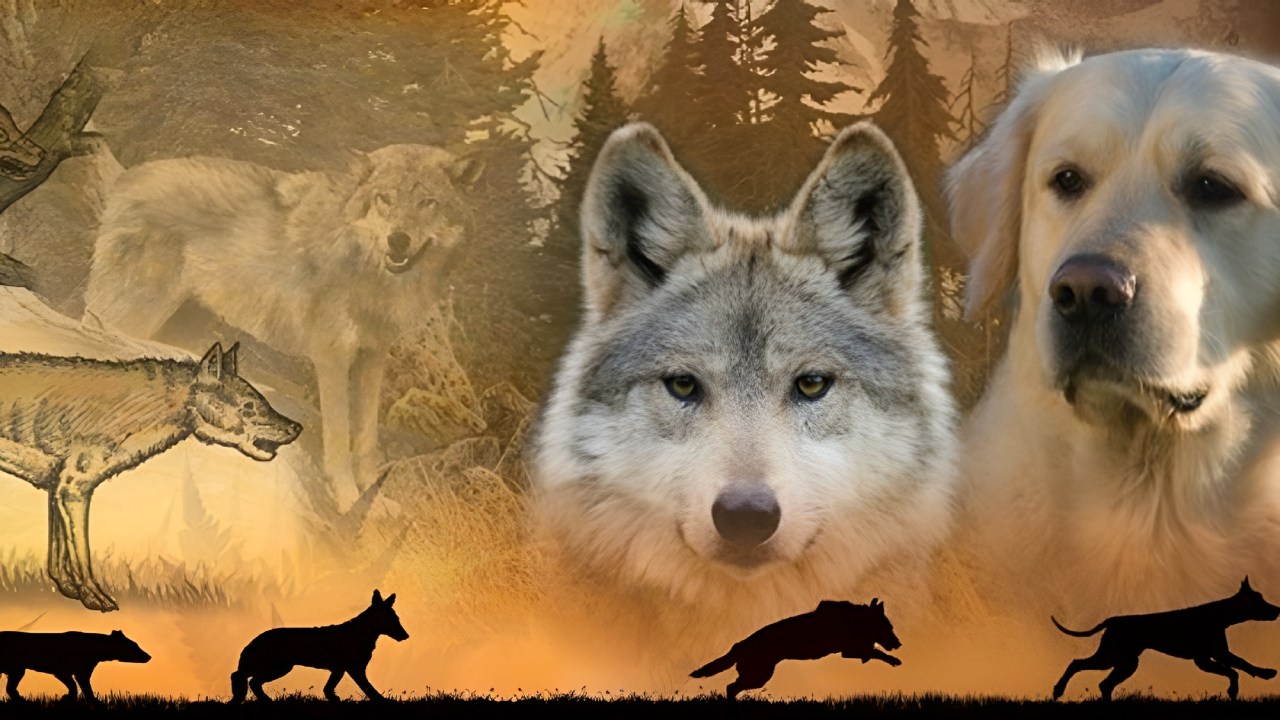
On the one hand there are the groups that are obedient and docile and submit to orders, and on the other hand there are wolves that live far away from people and continue their wild lives. Thus they separated themselves from the wild wolves over the generations. Dog-like animals begin to evolve.
Artificial selection is a very powerful evolutionary mechanism. It can realize possibilities in a short time that are impossible to find in nature. Thanks to artificial selection, it is officially recognized today. 340 dog breeds have evolved.
Follow Webtekno on Threads and don’t miss the news
Here are the unmissable discounts we picked for you in Hepsiburada Legendary November!
Source: Web Tekno
Ashley Johnson is a science writer for “Div Bracket”. With a background in the natural sciences and a passion for exploring the mysteries of the universe, she provides in-depth coverage of the latest scientific developments.